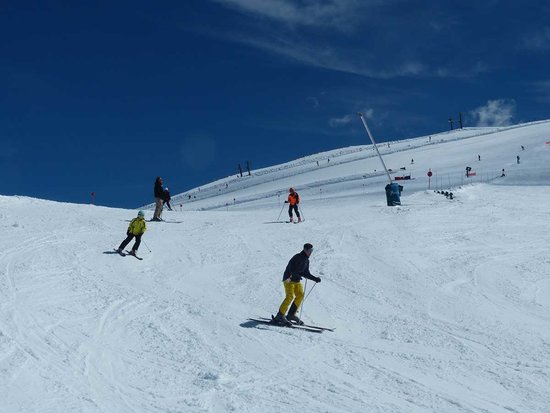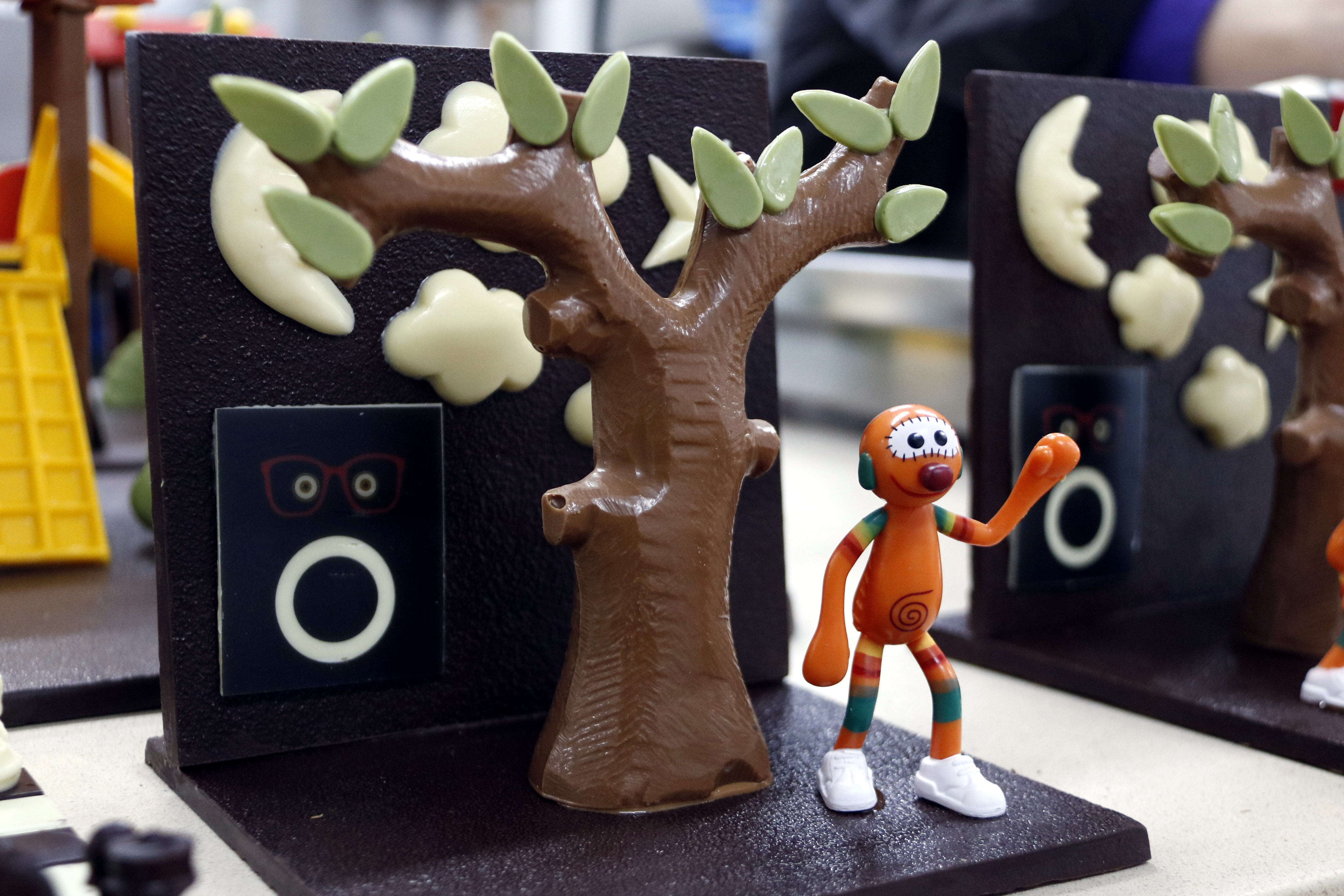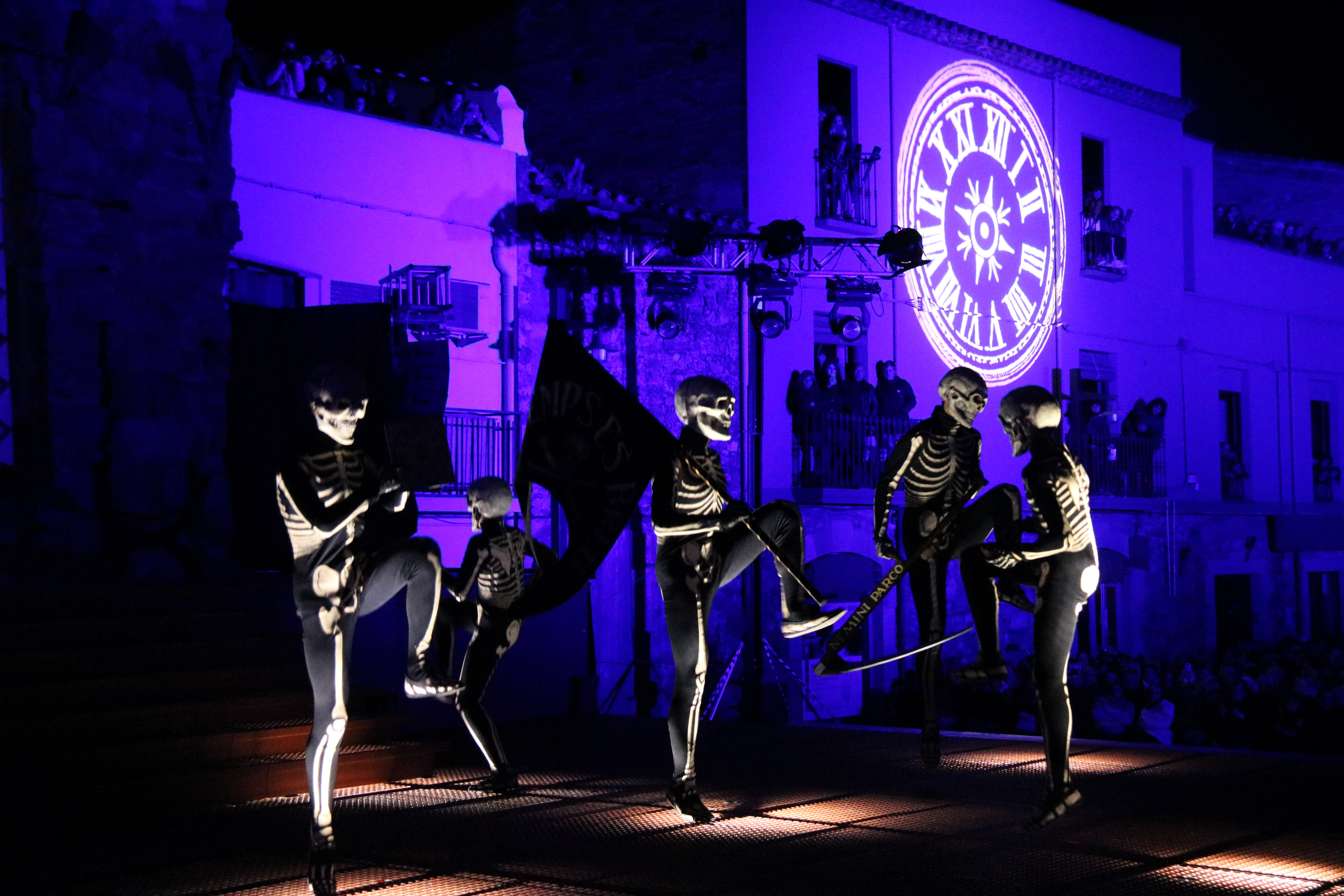Catalonia celebrates a bumper Easter
Accommodation sells out in many areas while pastry chefs hail a “spectacular” year for traditional ‘mona’ cakes

The Easter holidays this year were a huge success all over Catalonia. Not only were a great many hotels, guest houses and other tourist accommodation just about full over the break, but ski resorts reported a bumper year, and pastry chefs were also overjoyed with the roaring trade in Easter cakes and chocolate figures. Meanwhile, there was also an air of activism around many of Catalonia’s traditional religious festivities, with some events and celebrations making a gesture towards the country’s current political situation.
All over Catalonia hotel occupancy rates were high over Easter, especially in the Pyrenees. Accommodation just about sold out in mountain areas, while Costa Daurada in the south and the Maresme coast north of Barcelona registered an occupancy rate of 85%. The Garraf coast just south of the Catalan capital also exceeded expectations with 95% of rooms reserved, although Costa Brava in the north registered a more modest rate of 70%. Meanwhile, rural guesthouses in central Catalonia and in the Ebre region to the south were just about full. In short, for businesses in most areas it was the best Easter in a decade.

The fact that Easter fell earlier this year clearly benefited mountain and rural regions over coastal areas. Some 150,000 passes were sold for ski resorts in the Lleida Pyrenees over Easter week, some 76% more than last year, while 85,000 people visited the Western Pyrenees, and occupancy rates in the Girona Pyrenees reached 85%, mostly around the ski resorts of Molina and Masella. With the majority of Catalonia’s ski resorts closing for the year on April 8, Easter provided a final boost to the skiing season.
Rural guest houses full
It also proved to be a particularly good year for rural areas in Central Catalonia, were guest houses were just about full. Certain inland counties, such as Berguedà and Solsonès reported especially good occupancy numbers - between 95% and 100% - over the Easter weekend. According to the federation representing rural guesthouses in the areas of Osona, Berguedà and Bages, occupancy rates were boosted with last minute reservations. The federation also said that the typical customers came in groups, either families or friends, mostly from the Barcelona area, and looking for peace and tranquility in a natural environment.

“Spectacular” year for cake shops
Yet, it was not only ski resorts and guest houses that were full this past weekend, as so were Catalonia’s pastry shops. Easter is the time of year for the traditional ‘mona de Pasqua’, a type of sponge cake topped with chocolate figures usually eaten after a family lunch on Easter Monday. This year was “spectacular” for cake shops, according to top Barcelona pastry chef Christian Escribà, while the owner of the Canal pastry shop, Lluís Estrada, felt there were “more customers” than other years. Meanwhile, Barcelona’s guild of pastry chefs quoted the figure of 700,000 ‘mona’ cakes sold in Catalonia over the Easter weekend.
Religion and politics
Easter is also the time for religious festivities, celebrating as it does the resurrection story of Jesus Christ. All over the country traditional religious events take place, in particular processions through the streets that often feature elaborate statues of Christ or the Virgin Mary, and often with participants dressed in elaborate historical costumes. However, this year there was a different tone to some of these events, as many places also made gestures towards the current political situation in Catalonia.

One example was the Good Friday procession in Esterri d'Àneu, in Pallars Sobirà, which every year recreates Christ’s walk to his crucifixion. This year, the members of the procession dressed as Roman soldiers had yellow ribbons tied to the end of their spears, in support of the Catalan officials being held in prison. Another example was the Caramelles celebration in Súria, which was held on Easter Sunday, exactly six months since the October 1 independence referendum. Some of the 900 singers and dancers taking part in the event that dates back to the 16th century made reference to the anniversary in their songs.